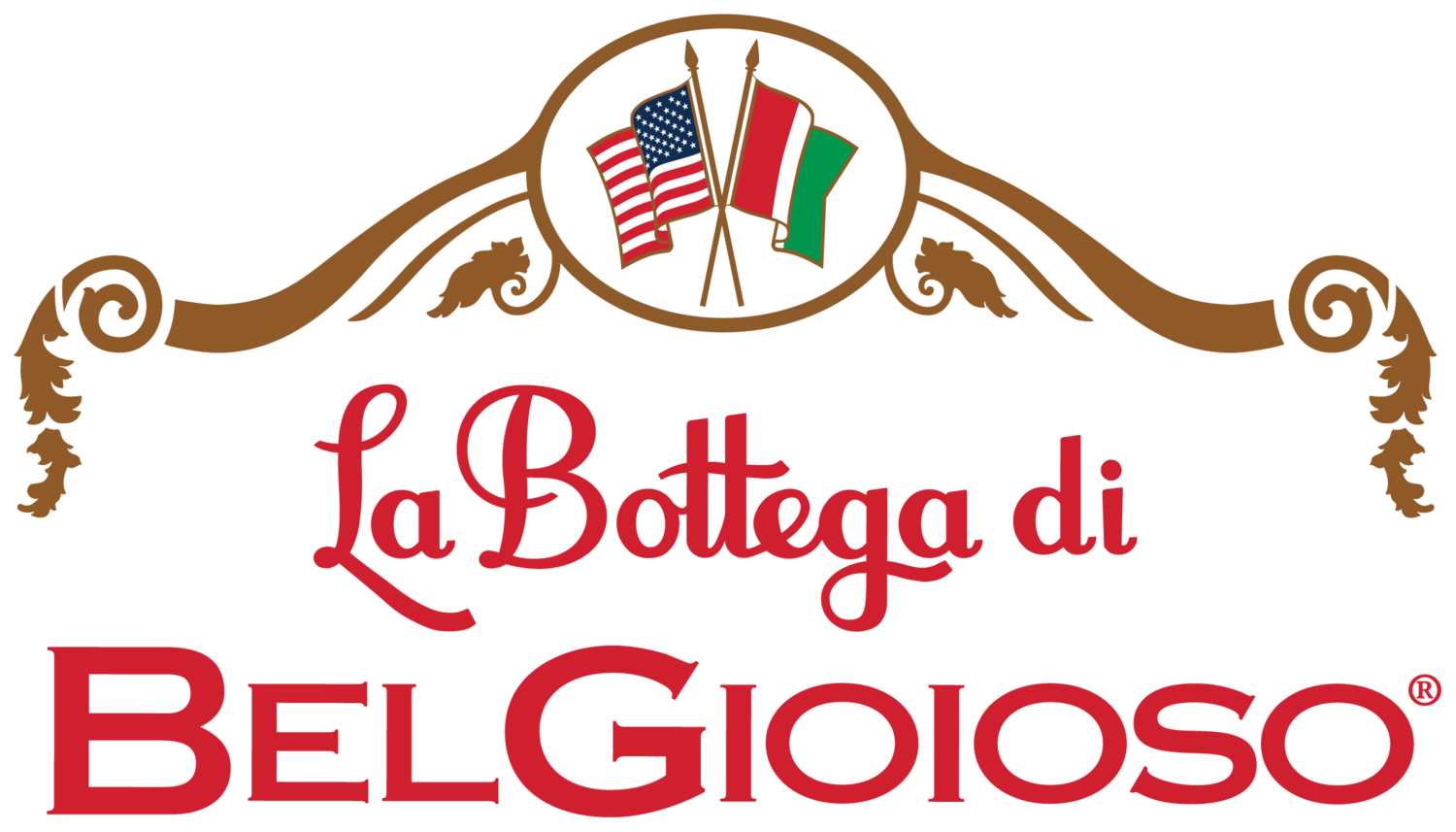How to make a cheese board that is balanced in every regard.
If you want to know how to make a cheese board, you are less than five minutes from learning one the simplest, most elegant, and sumptuous food spells you can cast on your guests. The secret is balanced variety based on these three elements: cheese, grains, and accompaniments.
The Cheese
An ideal cheese board will feature at least one variety of soft, semi-soft, and hard cheese. These will give you a good balance of textures. The flavors should vary, but not so much that you run out of room for grains and other accompaniments. A good soft cheese is creamy, spreadable Crescenza-Stracchino®, a mild yet slightly tangy, small-batch cheese that pairs well with apricots, Red Zinfandel, and fruit beers. For semisoft, earthy, blue-veined Gorgonzola—made with a blend of cow’s and sheep’s milk—brings color, deep flavor, and a smooth texture that pairs well with walnuts, pears, Riesling, and stout. Award-winning, hand-turned American Grana® Extra Aged Parmesan is an excellent hard cheese that offers a granular texture and a deep, nutty flavor that pairs well with grapes, figs, Pinot Noir, and pilsners.
The Grains
The grains on your cheese board should also bring balance and variety. Make sure they’re sturdy because they’ll essentially act as your utensils. And don’t worry about getting too extravagant with flavors. You don’t want to distract from the cheese – subtlety is best. Pick one or two grains for your cheese board, such as water crackers, cream crackers, pita crackers, breadsticks, baguettes, or wheat bread.
The Accompaniments
Fruits are a staple item on many cheese boards, but if you’re worried about the real estate it takes up, consider including a preserve instead. Choose a combination of fresh, sweet, crunchy, and/or meat accompaniments to round out your cheese board, such as:
- Fresh: cantaloupe, plums, figs, apples, pears, grapes
- Sweet: dried apricots or cranberries, preserves, jams, honey
- Crunchy: pistachios, almonds, spicy pecans, walnuts
- Charcuterie: local sausage, chorizo, prosciutto, capocollo, Italian salame, soppressata
For the best flavor, be sure to serve cheeses at room temperature. Separate items that absorb or “bleed” aromas/flavors (e.g., chorizo shouldn’t be rubbing elbows with sliced apples). And finally, provide a separate knife for each soft cheese, uncut cheese, and preserve. Check out our “How to Craft the Best Cheese Board” guide here for more tips and notable faux pas.
Now that you know how to make a cheese board, you can begin to experiment with balancing cheese, grains, and other accompaniments for a holiday soiree or any occasion. For more ideas for serving and presenting cheese, visit our blog at savorlabottega.com/blog.

